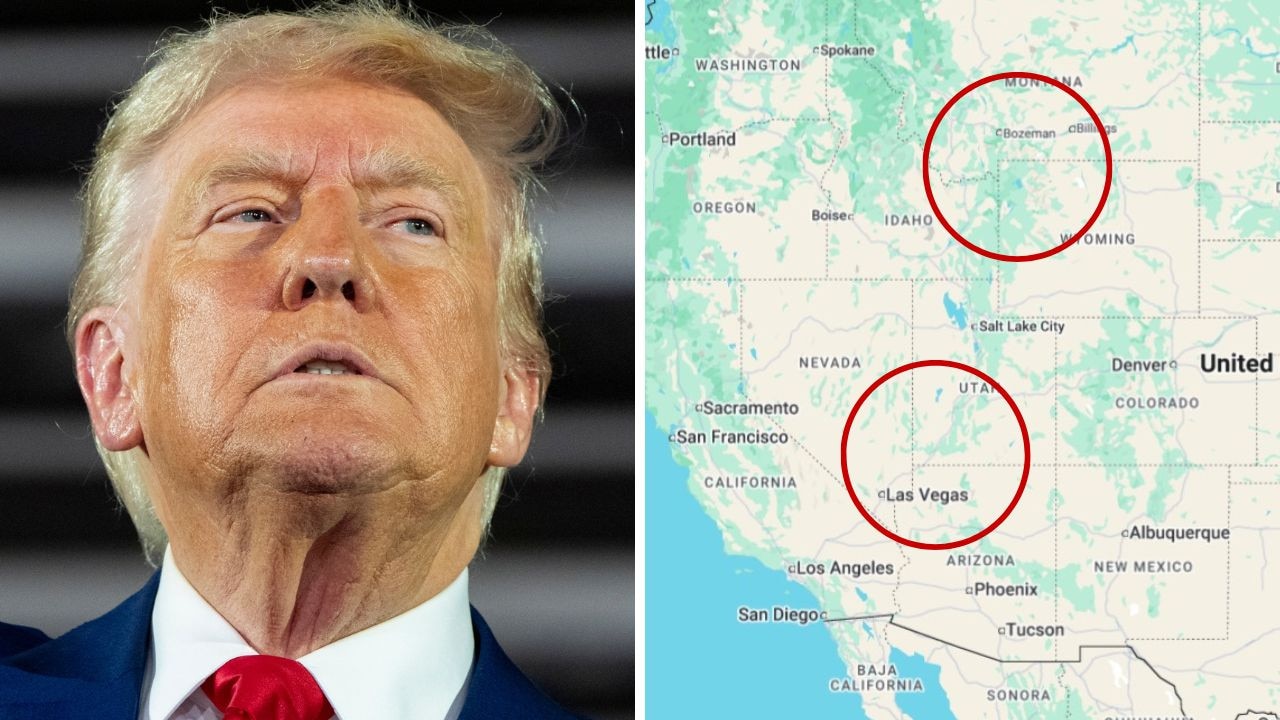Seven words sum up New Orleans ahead of record-breaking Super Bowl gig
A US city will make history with one of the world’s biggest sporting events but months out, it’s not just getting ready — it was born ready.
The 2025 Super Bowl is set to make history with New Orleans to host the NFL’s decider for a record-equalling 11th time, drawing level with Miami.
The city known for the bustling Bourbon St and the French Quarter, Mardi Gras, and “second-line” marching jazz bands, New Orleans is the perfect place to host the biggest game on the American sporting calendar.
Although much of what the world sees out of the US comes out of Los Angeles, New York or Las Vegas, The Big Easy offers everything those cities have and much more.
One of the first things that strikes you about when arriving in New Orleans is the thriving and vibrant night-life, the party continuing all week, every week.
Coming from Sydney, where the night-life has been largely shut down since the lockout laws were brought in in 2014 – even though they were repealed in 2021 — it’s refreshing to see tourists and locals mingling en masse on a Wednesday night — and every other night of the week.
But along with a city that is very much alive, Louisiana’s famous Southern hospitality is on display wherever you go.
While New Orleans doesn’t have a franchise in either Major League Baseball or the National Hockey League, it is still a sporting city.
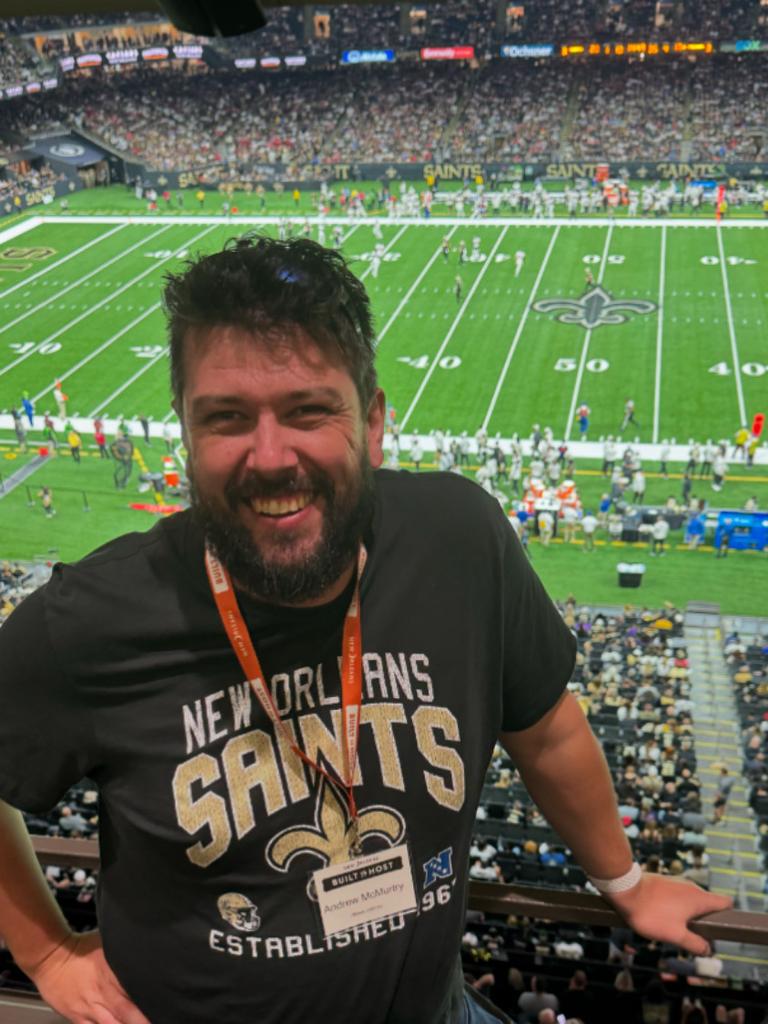

And although New Orleans has had a presence in the NBA since 2002 with the Pelicans (originally the Hornets until being renamed in 2013), The Big Easy is a football city.
Having joined the NFL as an expansion team in 1967, the New Orleans Saints struggled early in their history but have since tallied 14 playoff appearances since their first in 1987, including nine division titles, as well as winning its first, and as yet only, Super Bowl in 2009.
But while success hasn’t come easily for the Saints, the city has not lost its heart or its hope.
Attending November 10s game between the Saints and Atlanta Falcons as a guest of New Orleans & Company — a 20-17 win for New Orleans which snapped a seven-game losing streak — the reaction from the fans was surprising.
Despite a losing season 70,005 fans turned out in the 83,000-seat capacity Superdome, the noise was loud with a decibel graphic at one point hitting 120 decibels — equivalent to the sound of an aircraft taking off.
While it doesn’t take much for New Orleanians to get into party mode, one exchange said it all about the city.
Along with some lighthearted banter with the Atlanta fans as everyone left the Caesar’s Superdome – one said “we just lost seven games in a row but we beat your a**” – a New Orleans fan approached a Falcons supporter and said genuinely: “Thank y’all for coming to our city.”
It’s the type of interaction that says a lot about the city with locals all too happy for a chat on the street and a vibe that instantly makes you feel at home.

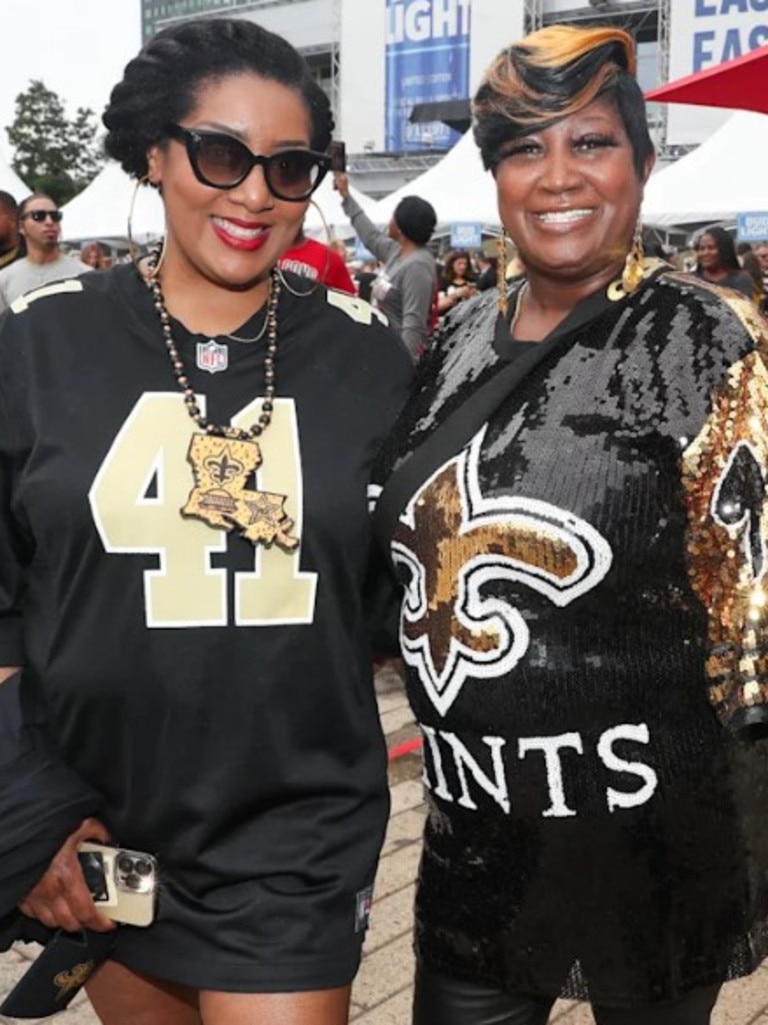
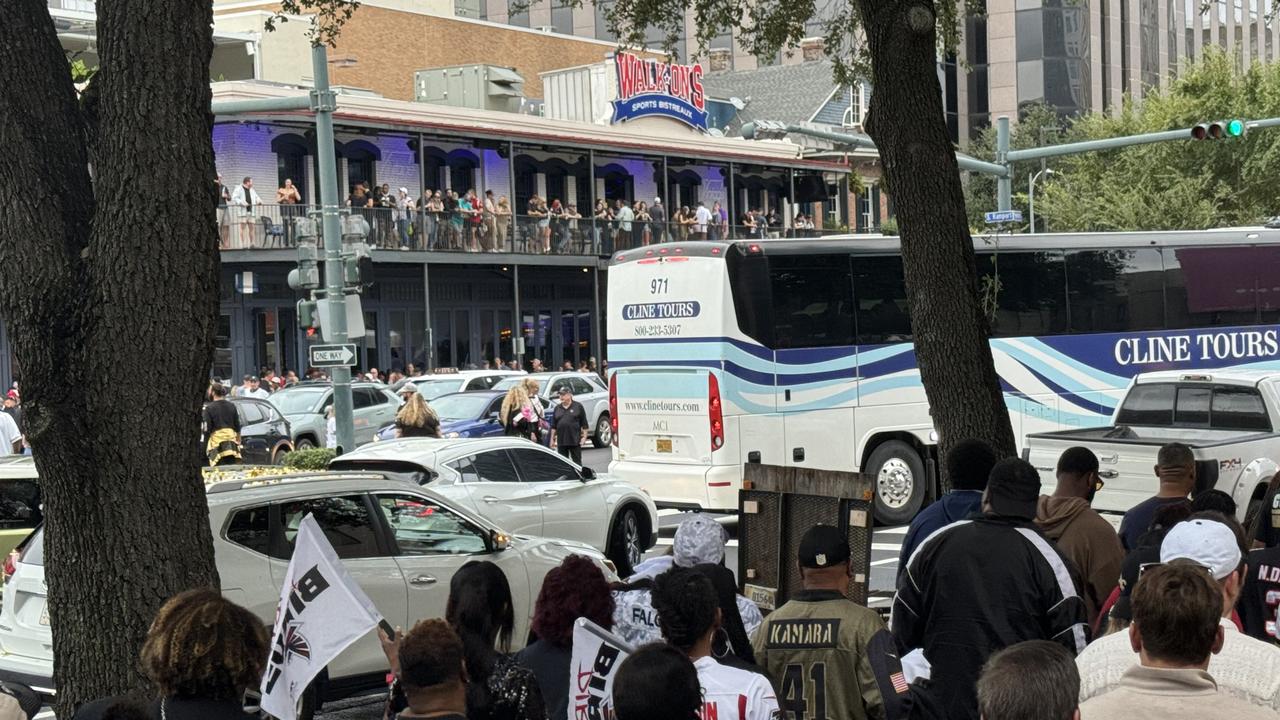
And it makes it clear that Super Bowl LIX is in the right hands.
New Orleans Saints and Pelicans owner Gayle Benson said she had “no doubt that this Super Bowl will be one of the greatest sporting events in our city’s history”.
“From experience, we know how to unite, whether in times of challenge or celebration,” Mrs Benson said. “And there is no better place to live, work or visit than New Orleans.”
The iconic Superdome has just undergone a $US535 million ($A828m) renovation to update the nearly 50-year-old venue in time for the Super Bowl.
Having opened in 1975, the Superdome is the fifth oldest stadium currently used in the NFL, with only Chicago’s Soldier Field (1924), Green Bay’s Lambeau Field (1957), Kansas City’s Arrowhead Stadium (1972) and the Buffalo Bills’ Highmark Stadium (1973) currently older.
While most NFL stadiums usually have a 30-year lifespan — only six are currently more than three decades old – the Superdome has its own history, having been a “refuge of last resort” during the dark days of Hurricane Katrina in 2005.
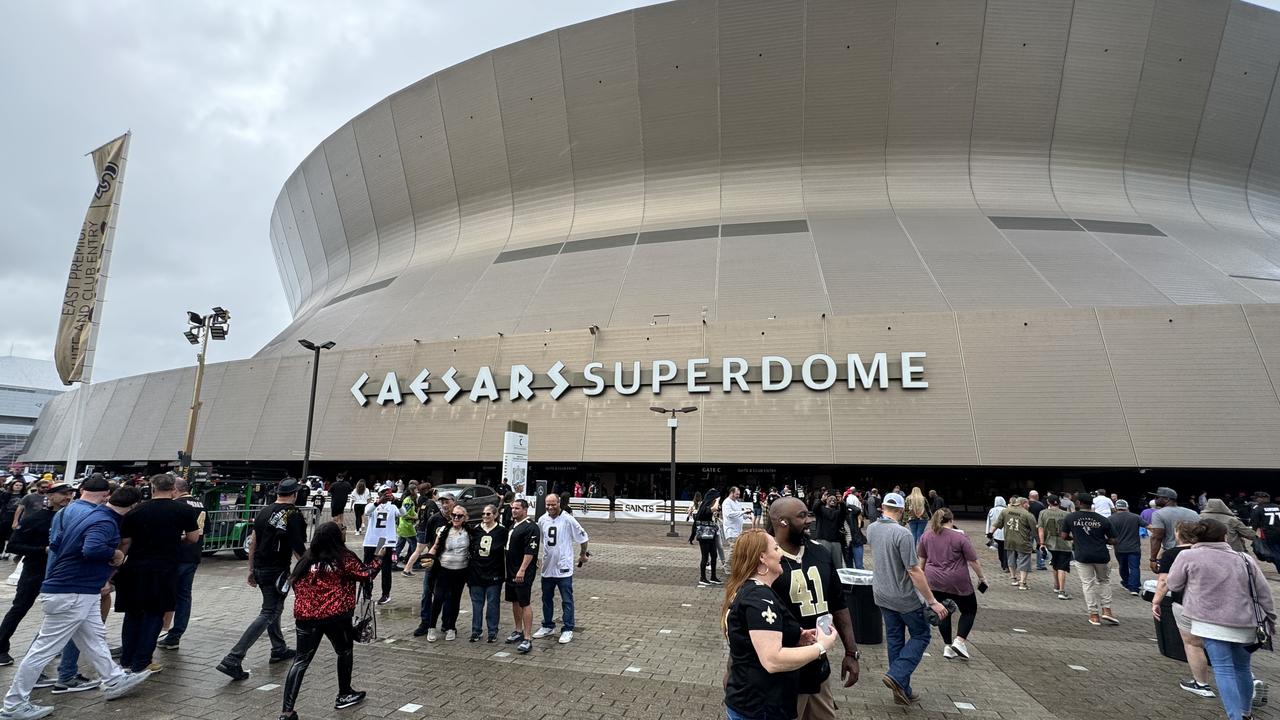
Hurricane Katrina was the fourth deadliest hurricane in US history with 1392 fatalities, and an estimated clean up bill of $US125bn – tied for the most expensive in the nation’s history.
After the stadium was left in a state of disrepair that led many to believe the Superdome would have to be demolished, the city instead decided to repair the stadium, which is in keeping with the aesthetic of New Orleans.
Walking down Bourbon St, or through the French Quarter – or really down any street in the city – the architecture is in line with a city that was founded in 1718, 58 years before the United States itself was founded.
But it also doesn’t feel like stepping into the past or like it is run down, rather that New Orleans is holding onto the soul and character that makes the city stand out.
For example, when attending a show of the jazz masters, the Preservation Hall All-Stars, the show was held around the corner in the Toulouse Theatre as Preservation Hall was being renovated.
Preservation Hall was originally a Creole town house build in the early 19th century that was turned into an art gallery and performance space in 1961.
On the night I was there, band leader Wendell Brunious explained that when you had to update every bolt in the wall to modern building standards to preserve a building that is over 200 years old, it takes a while to renovate.
But this is the ethos of New Orleans – it’s a city of evolution rather than revolution.
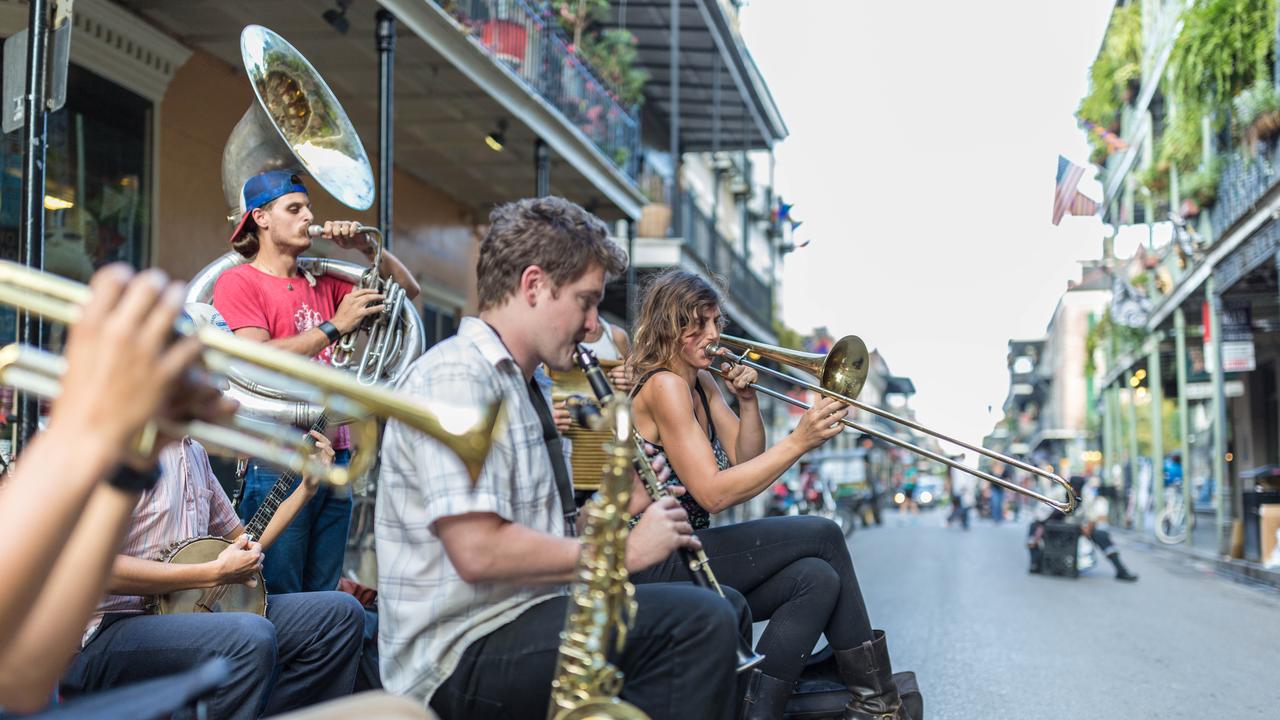
So when it comes to the Superdome, it’s clear to see why the stadium is such an iconic piece of the fabric of the city.
While other cities have sprawling metropolises to deal with, the Superdome forms a two-mile triangle along with the Ernest N. Morial Convention Center – the sixth largest convention centre in America which will host many fan and media activations during Super Bowl week – and the French Quarter.
The convention centre itself has just undergone a renovation coming in at over $US500m as the 1.1m square foot (102,000 sqm) premises continues to evolve.
And in the downtown area, there are 26,000 hotel rooms, including the $435m transformation of Caesars New Orleans.
Doubling as the city’s only land-based casino, the renovation and rebranding has added a 340-room hotel tower and connects to the original Harrah’s New Orleans casino, boasting nearly 800 hotel rooms in the complex.
Including exceptional dining options from celebrity chefs such Emeril Lagasse’s Emeril’s Brasserie, Bobby Flay’s Bobby’s Burgers and Nobu Matsuhisa’s newest location for his world-famous Nobu restaurant all inside the New Orleans Caesars, the biggest issue is deciding where to eat.
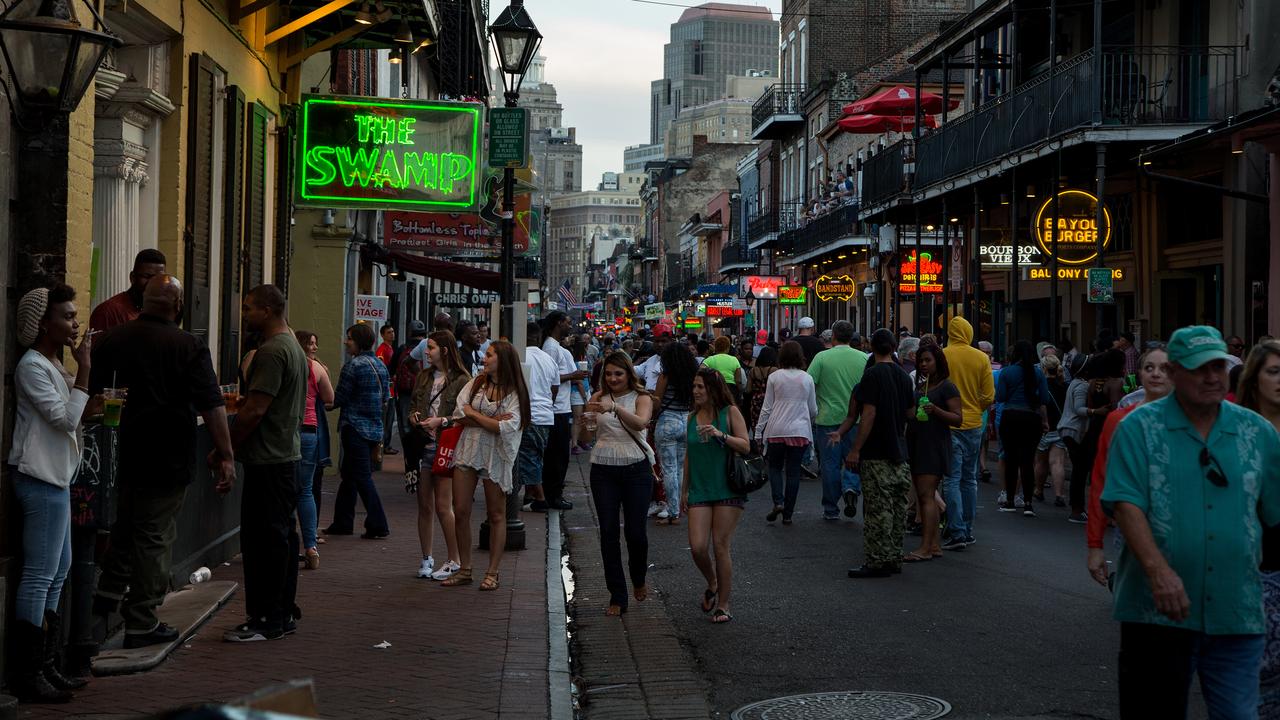
And that is only inside Caesar’s with dining options for any budget throughout the city.
Start your day with beignet’s, essentially deep fried dough covered in powdered sugar which are a staple of New Orleans food culture; delve into the seafood culture of the famous port city, eat gumbo or jambalaya or a po boy, the iconic sub sandwich served on a French baguette and stuffed with fried shrimp, oysters, catfish, or roast beef. Or try any of the chicken, wings and pizza joints lining the streets.
And for those looking for upscale dining, there’s no shortage of options there either.
From Nobu, to those doing more traditional Creole fare such as the Tableau or Chapter IV – which is run by chef Dook Chase, the grandson of the legendary culinary pioneer and civil rights advocate Leah Chase, who was also the inspiration for Princess Tiana in Disney’s Princess and the Frog – as well countless others, those with a more sophisticated palate are well taken care of.
A special mention has to be made of Dakar with chef Serigne Mbaye creating modern Senegalese cuisine with a Creole twist.
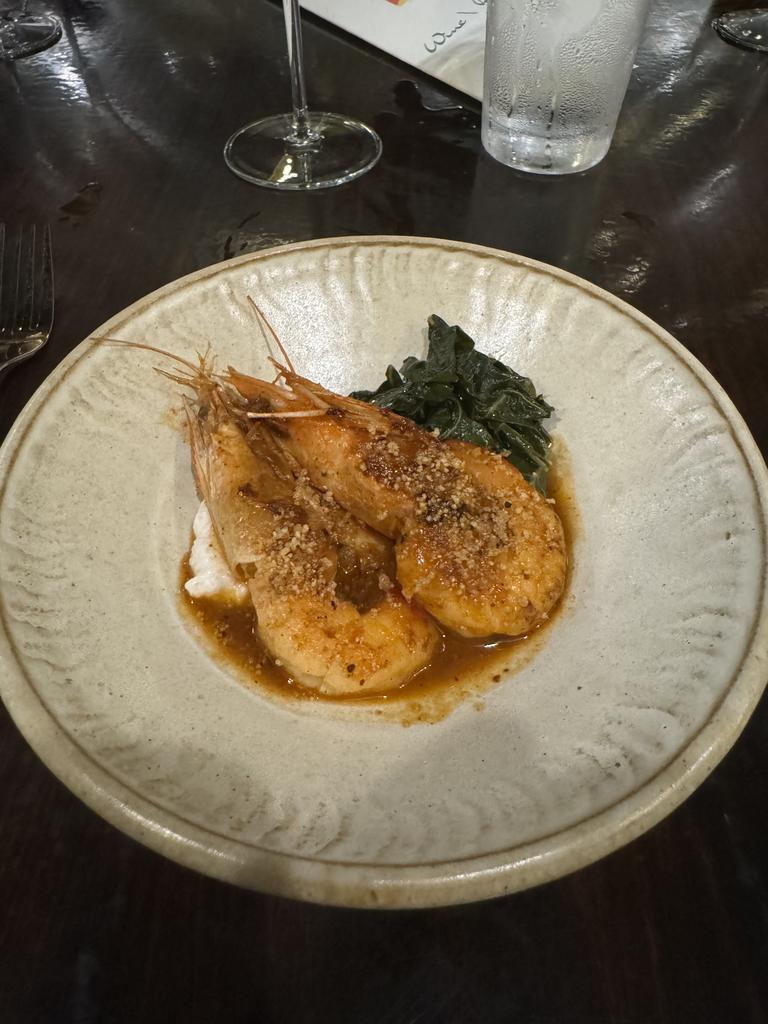

You’ll soon find out why Dakar won the national James Beard Award for best new restaurant in 2024, as chef Serigne takes you inside his story where he fell in love with food in his mother’s kitchen in Senegal over a seven-course tasting menu.
After winning the best new restaurant award, managing director and owner of Dakar NOLA Dr. Afua Richardson said the restaurant “is a space of love, joy, and hope”. It makes it a must-try for any foodies trying the city.
The biggest problem with New Orleans is not having time to do everything in the city.
There are countless museums, including the incredible National World War II Museum, day trips including gator and plantation tours, and plenty of other experiences.
This also includes City Park, a sprawling 1300 acre urban park which is almost 500 acres bigger than New York’s Central Park.
City Park also has two golf courses, an amusement park, a children’s museum, the New Orleans Museum of Art and much much more. It also attracts three to four million visitors per year.
And all of this feels like it’s scratching the surface.
Having adopted the slogan “Built to Host”, it doesn’t take long for the city to live up to the mantra.
And as the Saints fan showed, New Orleans is a city that wants you to visit and will welcome you with open arms.
This writer travelled to New Orleans as a guest of New Orleans & Company





